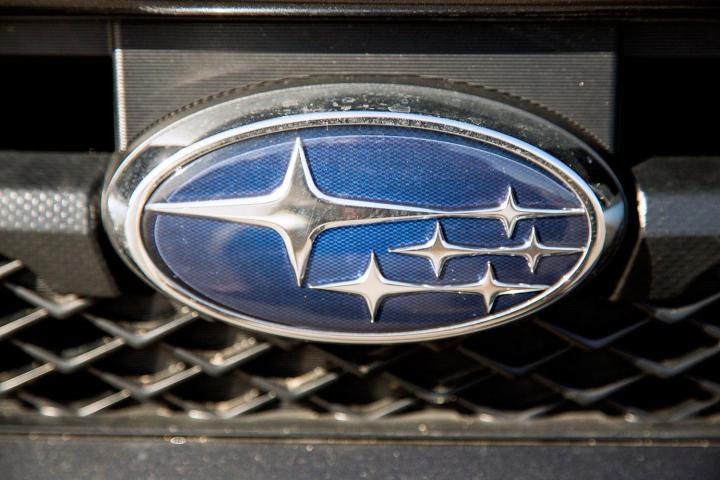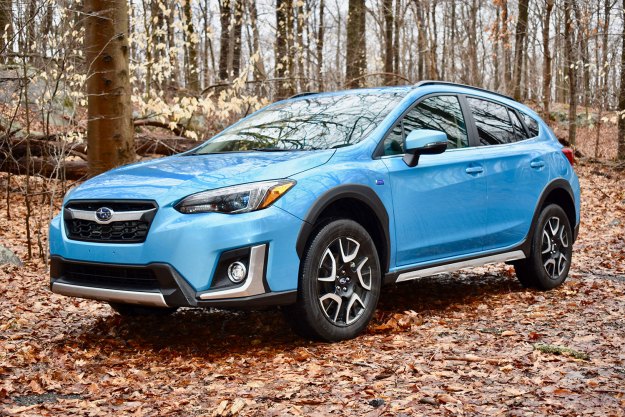
Subaru said that employees at two of its Japanese factories manipulated fuel economy readings for 903 new cars. This was discovered during an internal investigation begun last December in concert with Japanese law firm Ohno & Tsunematsu, itself the result of an order from Japan’s Ministry of Land, Infrastructure, Transport, and Tourism.
The cars in question were built at the Subaru Gunma Manufacturing Division’s Main Plant and Yajima Plant. Based on data from December 2012 to November 2017, Subaru said that fuel economy measurements were “inappropriately altered, and values differing from those that should have been recorded as actual measurement results were recorded in monthly reports.”
The investigation covered about 6,500 cars. It’s unclear if any of the 903 cars affected were models sold in the United States. Subaru said that, based on employee testimony, it’s possible that manipulation of fuel economy data started around 2002. But investigators did not have enough data to confirm this, the automaker said.
Subaru said the data alterations were carried out by “factory-floor inspectors and foremen.” Inspectors at the two factories work in groups, each with its own foreman, Subaru said. Multiple groups are supervised by group chiefs. Subaru said these chiefs likely did not participate directly in manipulating fuel economy readings, but some may have been aware of it. The company did not address whether higher-level management was aware of the situation.
The motivation, according to Subaru, was to meet internal quality standards. This sometimes meant recording higher fuel economy than what tests actually showed. But in some cases, fuel economy readings were altered to be worse than actual test results “with the intention of reducing variance in measurement values in order to avoid questions from the group chiefs and the section chief on such variance.”
The automaker said it will implement measures to ensure this kind of problem does not happen again. Subaru claimed the internal quality control standards that fuel economy data was faked to meet are stricter than relevant Japanese government standards, and that consequently “there were no data alterations that would require recalls or present other quality issues.”
“We would like to reiterate our deepest apologies for the significant trouble and inconvenience caused to our customers, partners, and all other stakeholders.”
Editors' Recommendations
- The best fuel-efficient cars currently available
- 2020 Subaru Impreza gets new look and more tech without the inflated price tag
- BMW teases hydrogen cars again with fuel cell X5 concept
- BMW may finally be ready to sell hydrogen fuel cell cars to the public
- Subaru and Mazda join Toyota’s self-driving car development venture


